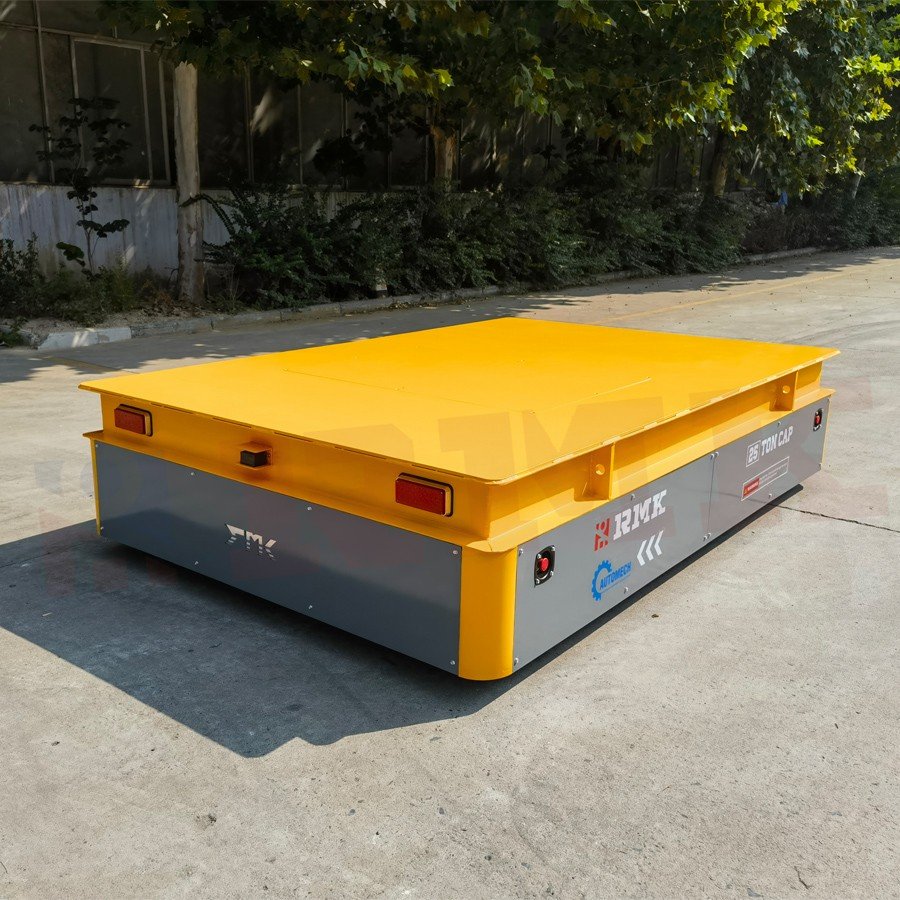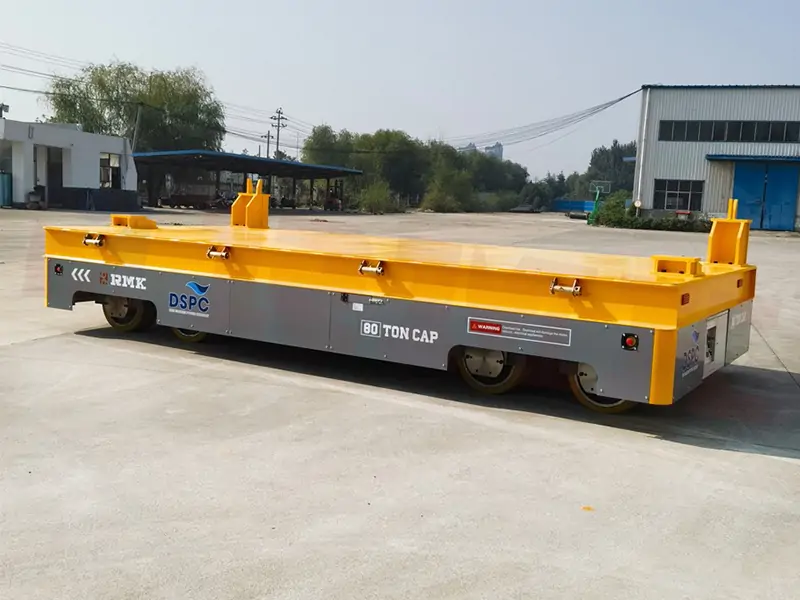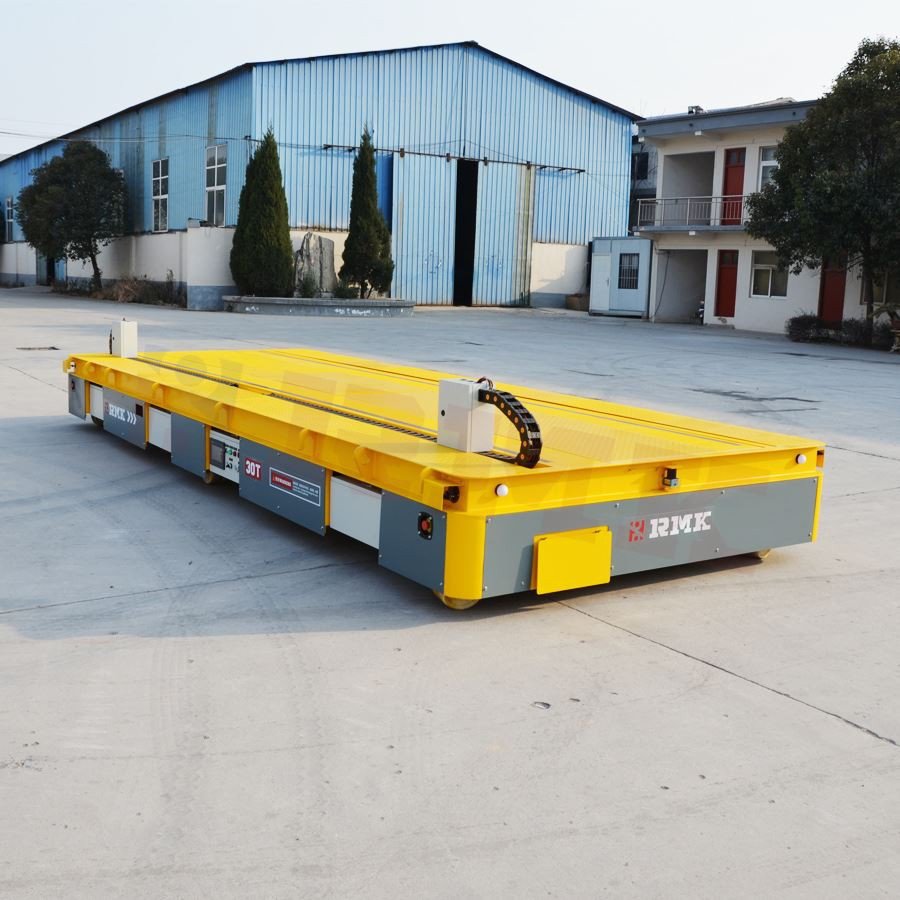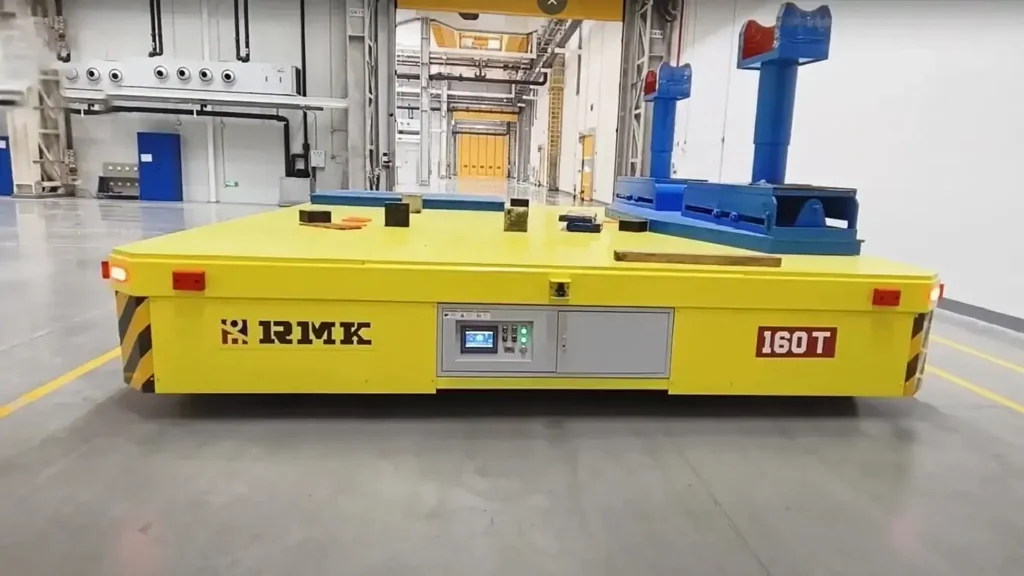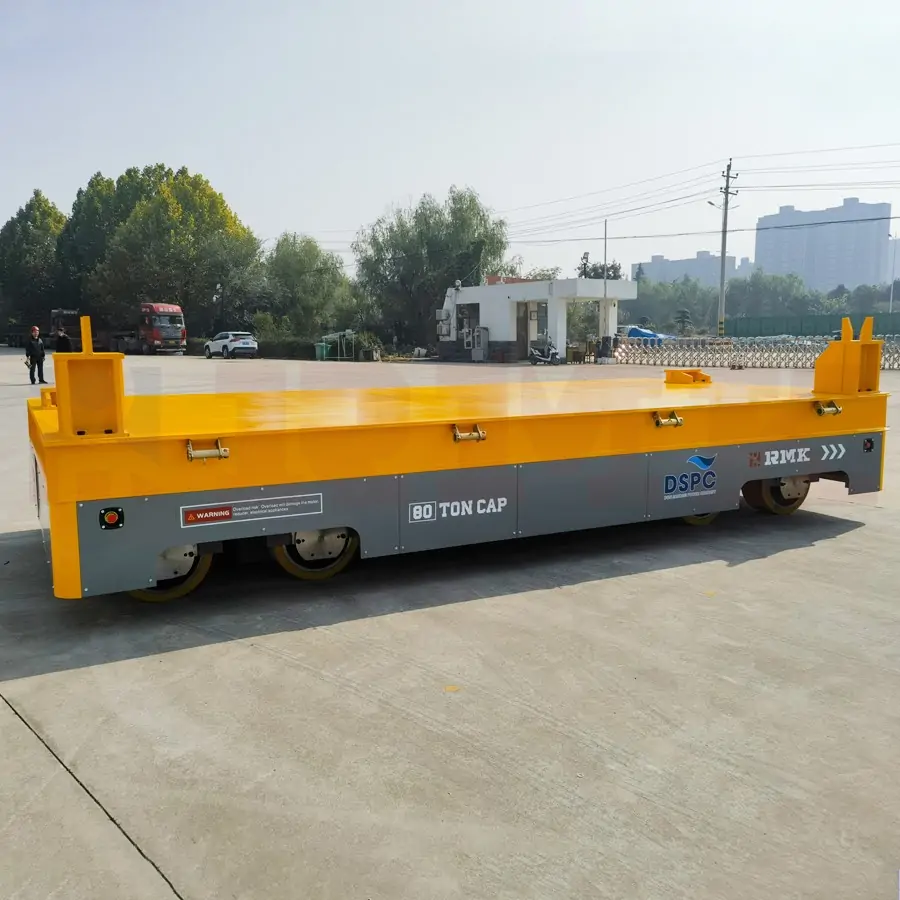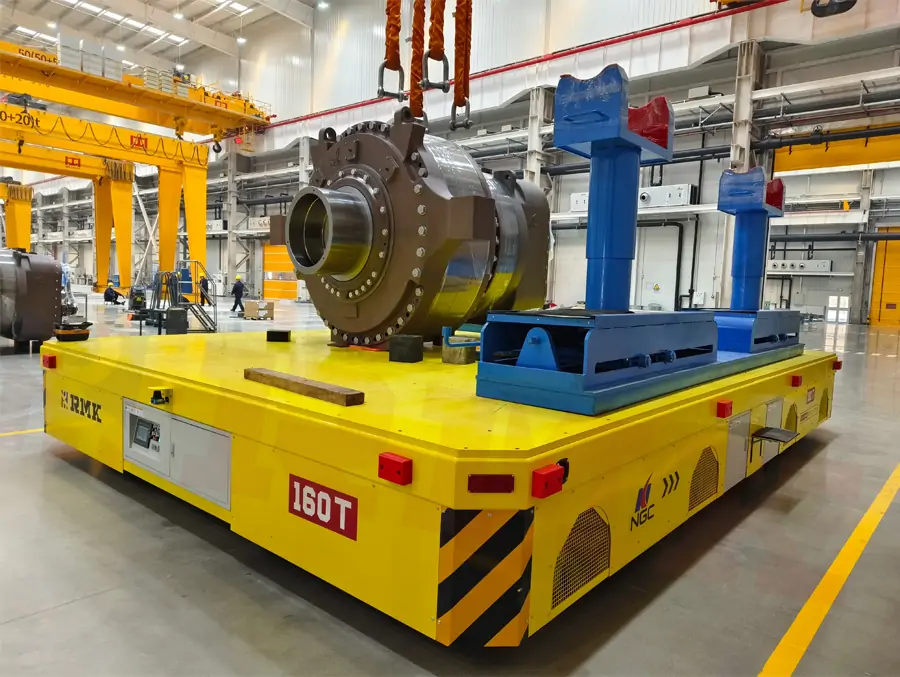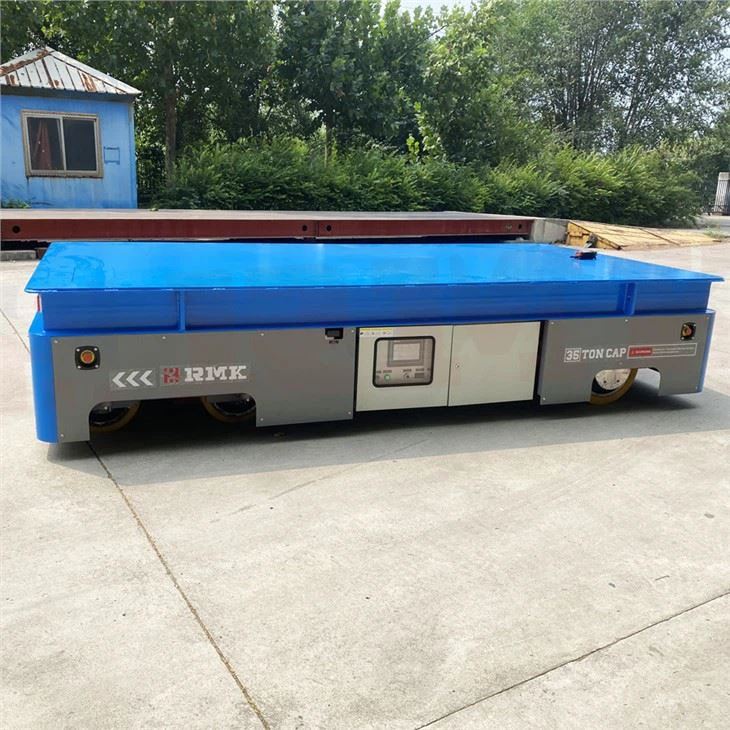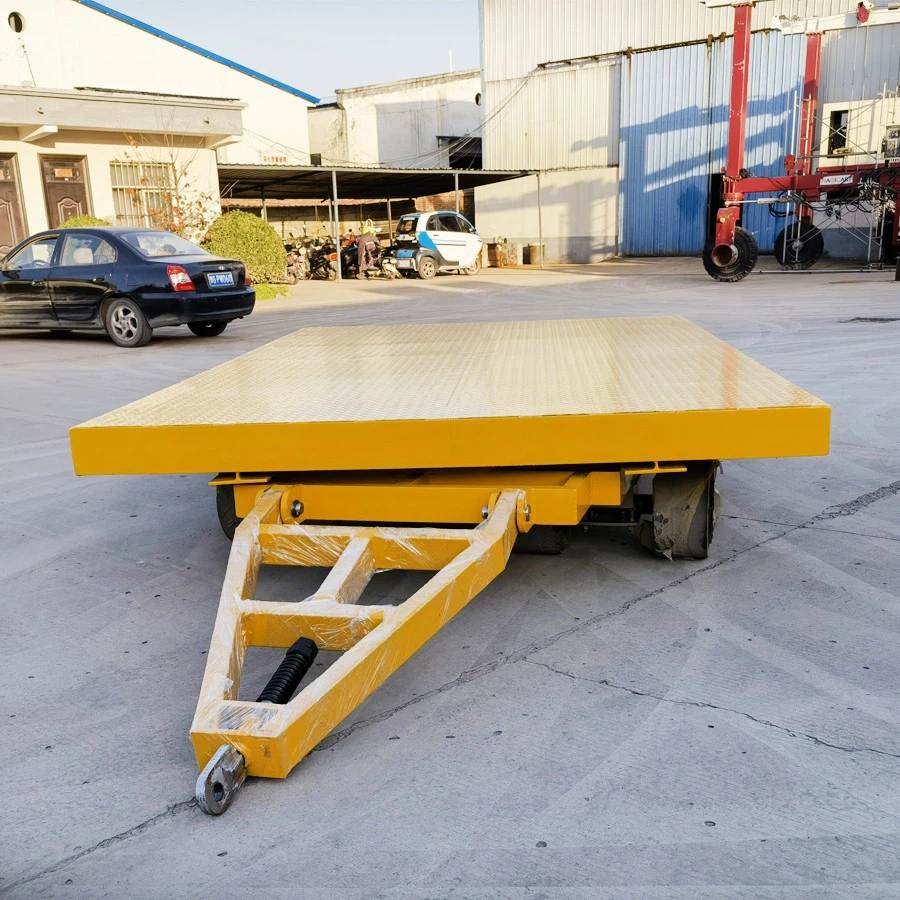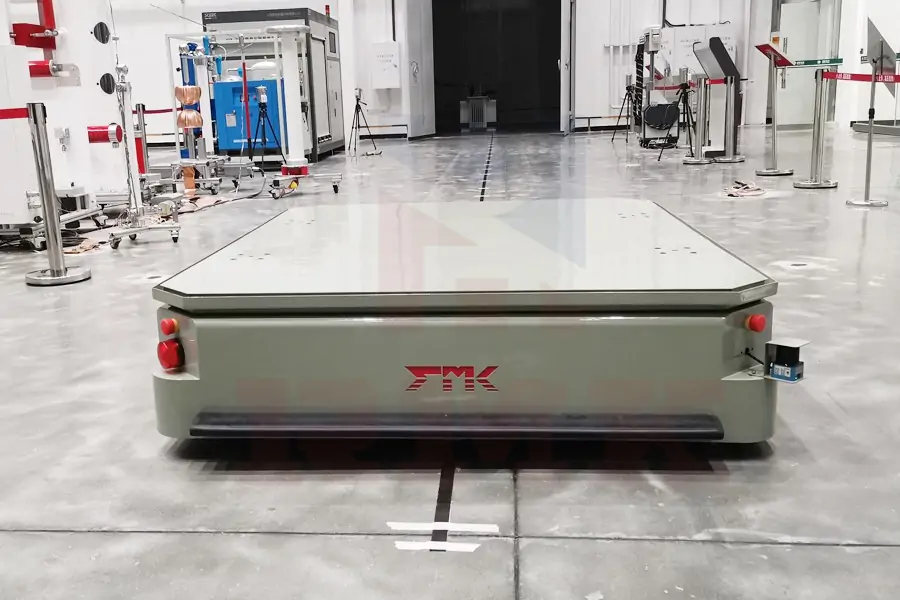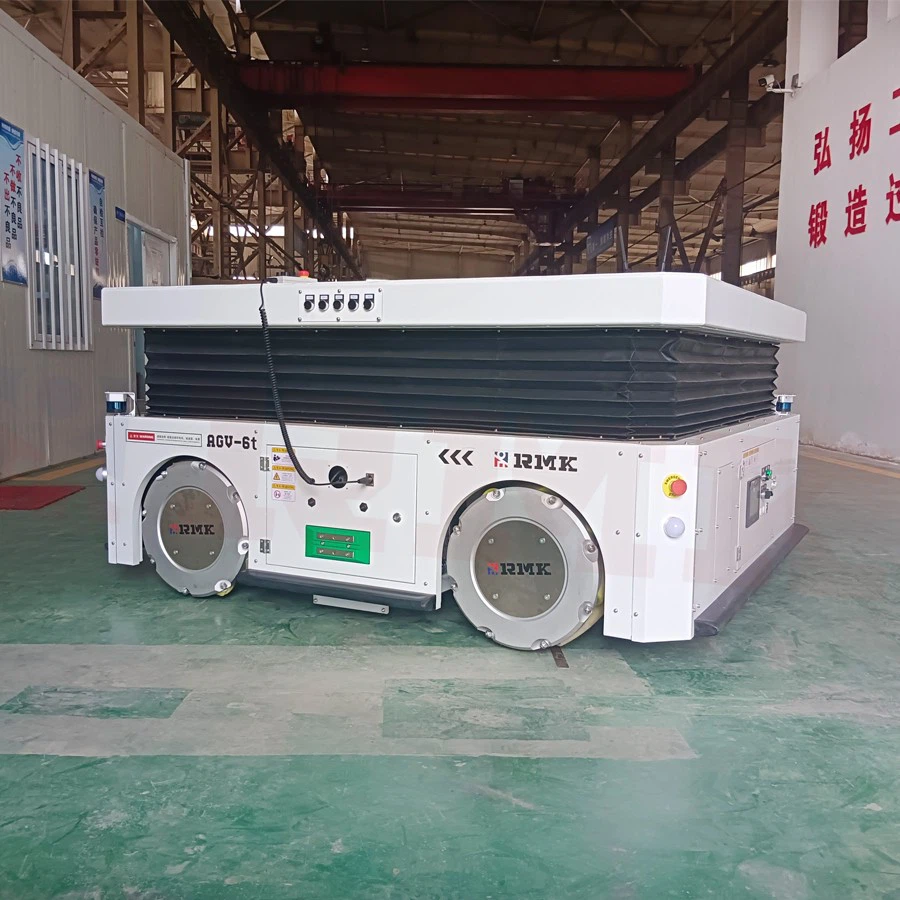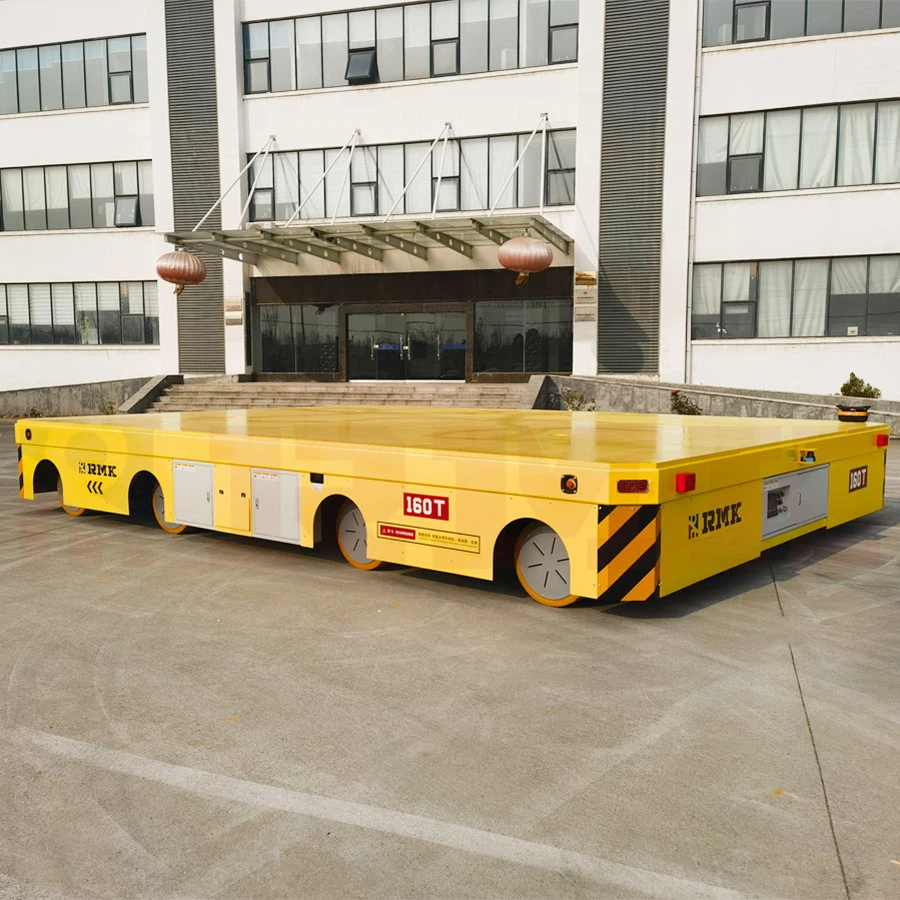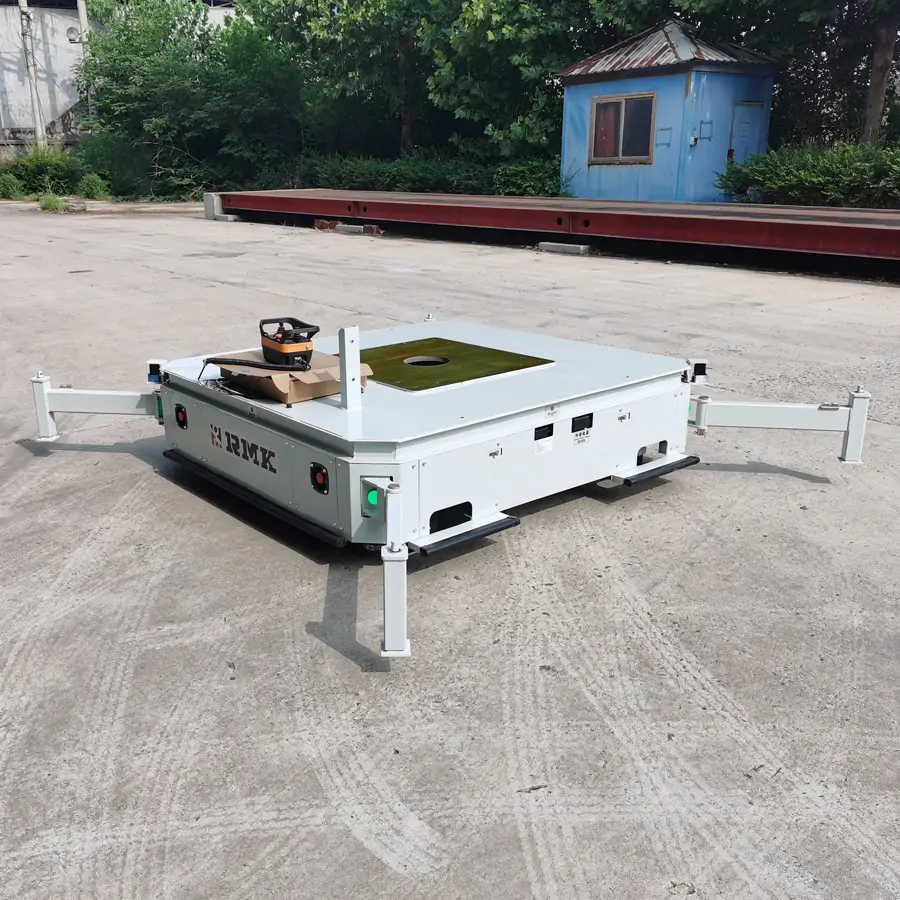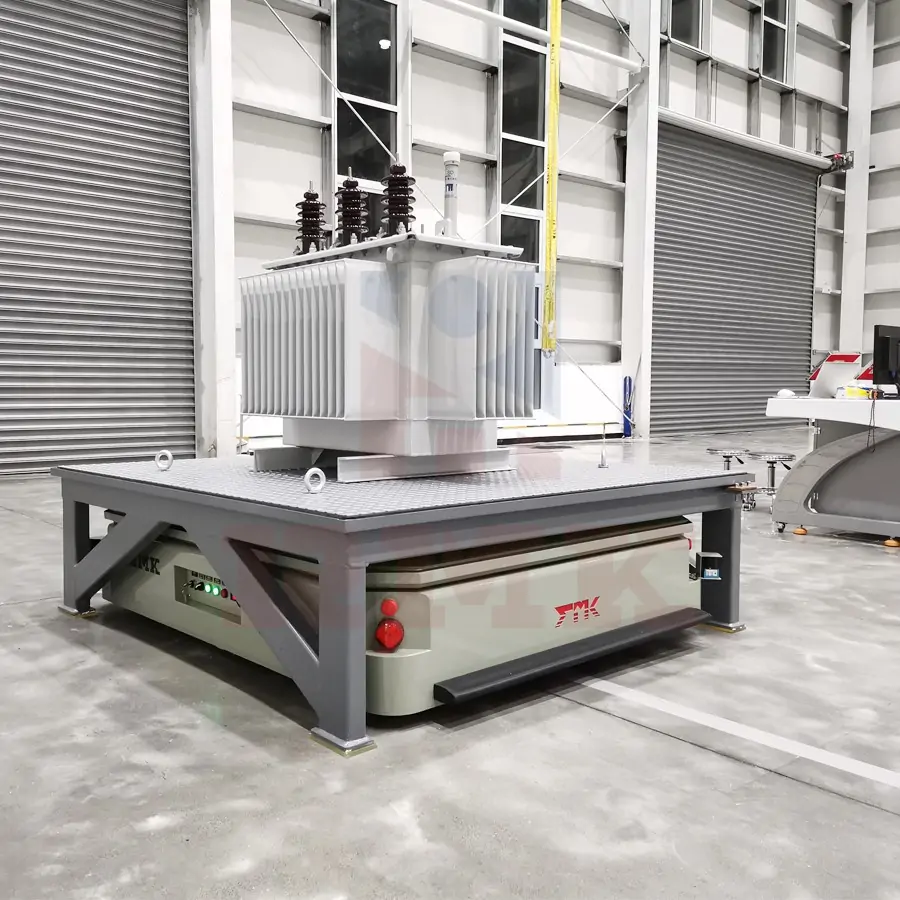Recently, I have seen feedback from many partners about why the battery of transfer trolley is not durable in winter. After this problem occurs, many friends do not know what causes it, nor do they know how to deal with it. So today I will analyze the causes and ways to deal with it for everyone, hoping to help more users increase its service life and work efficiency during use. Let’s take a look at the reasons and solutions for why the battery of transfer trolley is not durable in winter.
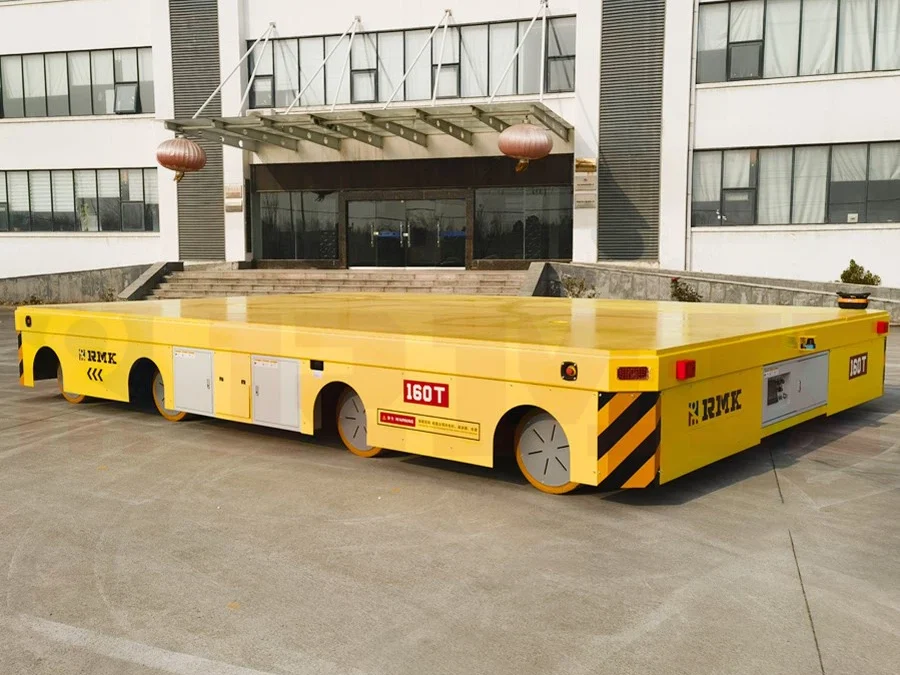
Why the battery of transfer trolley is not durable in winter
The low temperature environment is related to the internal chemical reaction of the battery of transfer trolley. The electrolyte in the lead-acid battery will become viscous in cold weather, causing the ion movement speed to slow down and the internal resistance of the battery to increase. In this case, the electrolyte cannot fully contact the surface of the lead plate, the reaction activity of the active substance is reduced, and the charging and discharging efficiency naturally decreases. Especially at sub-zero temperatures, the electrolyte may even be slightly solidified, further limiting the battery performance.
Low temperature will lead to a decrease in the utilization rate of active substances in the battery of transfer trolley. The spongy lead on the negative plate is easy to react with sulfuric acid at low temperatures to form lead sulfate crystals, which will block the pores on the lead plate and hinder the penetration of the electrolyte. After long-term accumulation, the actual storage capacity of the battery of transfer trolley will decrease significantly, which is also one of the direct reasons for the shortened mileage of electric vehicles.
Changes in charging efficiency
The active substances inside the battery of transfer trolley react slowly in winter, and it takes longer to fully charge. If an aging or poor-quality charger is used, it may not be able to automatically adapt to this change, resulting in the battery being put into use before it is fully charged. If this continues for a long time, it will not only affect daily use, but also accelerate battery aging. In addition, the temperature itself has a direct impact on battery activity. Whether it is a lead-acid battery or a lithium battery, the optimal operating temperature is usually between 25℃ and 30℃. When the ambient temperature is below 10℃, the battery capacity of the transport vehicle will drop significantly; if the temperature drops below zero, the capacity may be only about half.
To address these problems, users can take some simple and effective measures to improve them.
Solution
First, try to choose a warm charging environment, such as indoors or in an underground garage. If conditions permit, charging during sunny days can help the electrolyte maintain fluidity and improve charging efficiency. However, it should be noted that indoor charging must ensure ventilation and safety.
Secondly, the charging time should be appropriately extended in winter. It is recommended to continue floating charging for 1 to 2 hours after the charger indicator turns green to ensure that the battery is fully saturated.
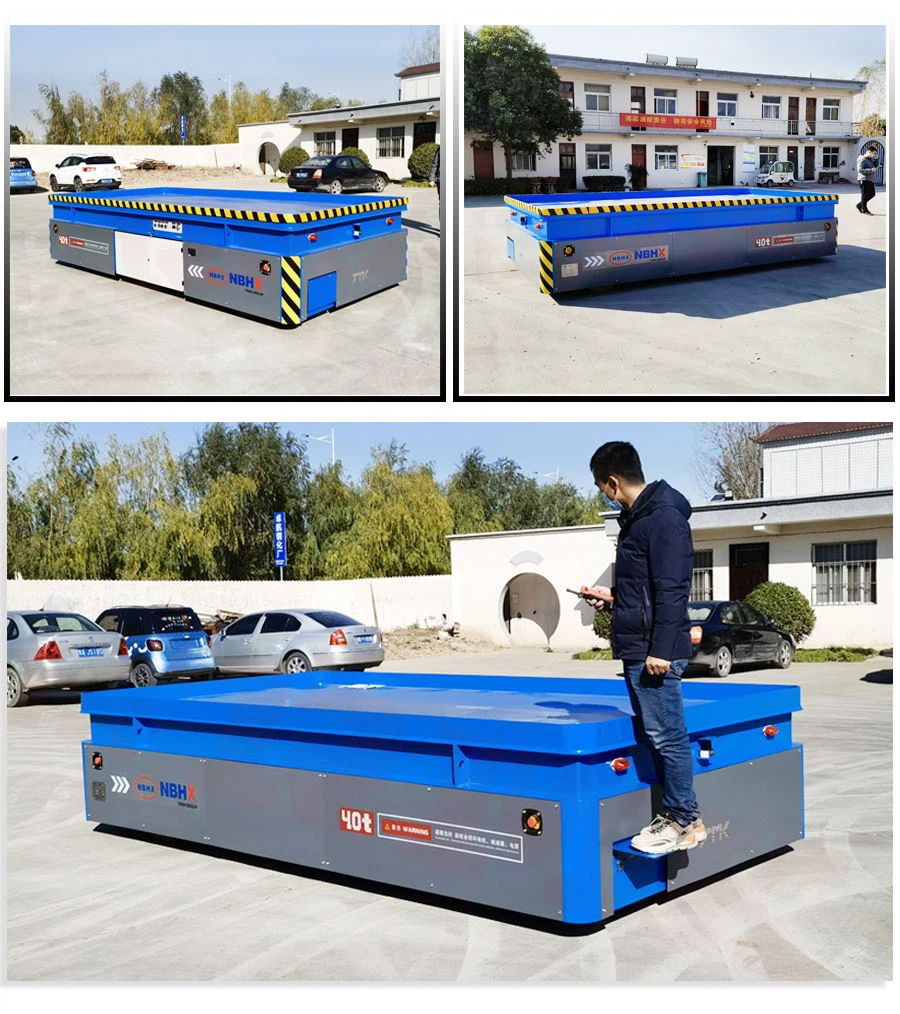
Keep the battery of transfer trolley warm
Wrapping the battery pack with special insulation materials can effectively reduce heat loss and maintain the working temperature of the battery transfer cart. For vehicles parked for a long time, it is recommended to disassemble the battery and store it in an environment with a temperature above 5°C to avoid irreversible damage caused by low temperature. In addition, regularly check whether the battery connection wires are loose or oxidized, and keep the terminals clean, which can also reduce energy loss. Deep charging and discharging maintenance every two or three months can help activate the passivated active substances and delay battery aging.
It is worth mentioning that choosing a suitable charger is also important. The smart charger can automatically adjust the charging parameters according to the ambient temperature to avoid undercharging or overcharging problems in winter. If the battery of transfer trolley has been used for more than three years or the capacity has been severely attenuated, timely replacement of new batteries is the best choice to ensure battery life and safety.
Conclusion
As a custom manufacturer of electric flat cars, we are well aware of the differentiated needs of the battery of transfer trolley performance in different environments. Whether it is a high-altitude cold area or a special working condition, we can provide you with customized solutions. Our professional team is always waiting for your consultation and ordering, and we will provide you with excellent solutions from product selection to post-maintenance.
Contact us now to get exclusive handling solutions!


